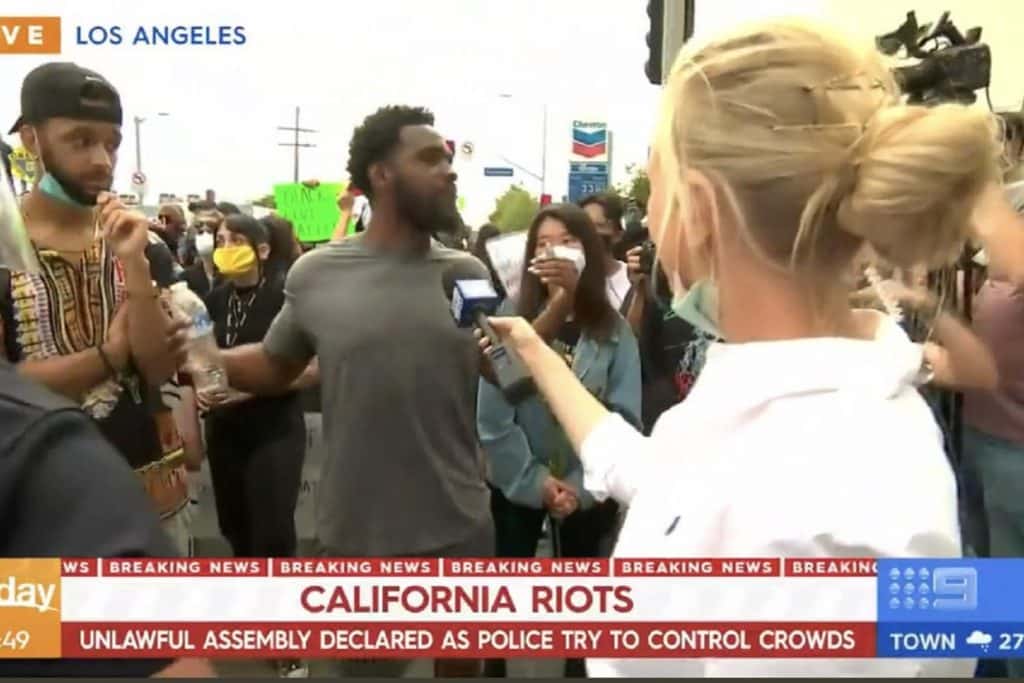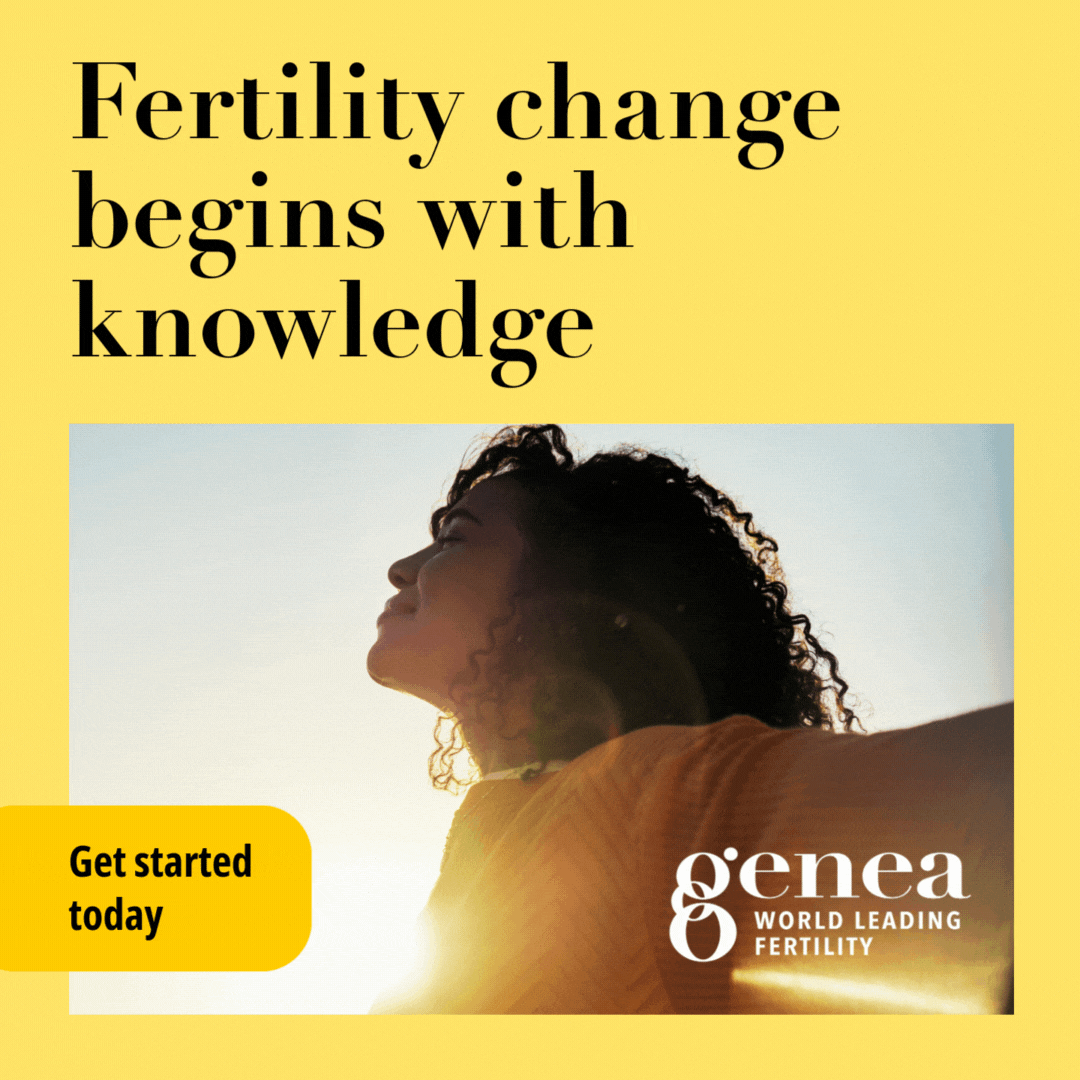The overwhelmingly white reporting on global movements like #BlackLivesMatter and #MeToo were missed opportunities to connect more deeply with Australian audiences and highlight social inequalities in our own backyard. These movements offered the country to take this lesson to collectively examine and shift the dominant power structures, including the media. However, findings from Who Gets to Tell Australian Stories? 2.0 exploring the gender and cultural make-up of Australian media editorial leaders and on-screen talent, show that not only has little progress been made, more concerningly in some cases, we’ve taken some steps backwards. What is it going to take to see material and meaningful changes in who tells our stories? Lee Martin and Nareen Young offer some insights and suggestions.
In the height of the Black Lives Matter protests in 2020 that swept the United States following the murder of George Floyd, we watched one news report after another on Australian TV, deeply distressed and dismayed not only by the events unfolding but also to see one seemingly white Australian reporter after another reporting on these historically momentous events. We waited to see a First Nations or person of colour holding a microphone. But nope, we waited in vain. While these white Australian reporters may have had the best intentions, we know that they can never tell the story that was unfolding with the same authority that comes with a lived experience and understanding of what it is to face discrimination in their lives until the hurt crushing weight of it finally becomes too much, culminating in much-needed protests and a movement for change.
The #BLM movement protests were an opportunity for nuanced reporting and an engagement with First Nations people’s struggles against the impact of colonialism, oppression and systemic and overt racism in this country. Reporters with a deep personal understanding of this history could have seized this moment to shine light on, and galvanise support and solidarity for First Nations peoples and lives in Australia. As a portal into homes across the nation, TV media has the power to convey emotive stories that shape and change attitudes and behaviour. What a powerful moment that would have been for Australian viewers.
Instead, we watched a blonde, white reporter ignorantly, embarrassingly suggest that we don’t have a similar problem in Australia, in response to a Black peaceful protestor’s eloquent explanation of the race issues in the United States.
Would a First Nations reporter have engaged in such a manner? No. When a reporter’s cultural identity and biases limits their interaction with interviewees and leads them to interpret statements in a surface-level way, the audience misses out on a gaining a richer understanding of issues and circumstances. Contrast this with how recent events have been thoughtfully addressed by First Nations presenters: Karla Grant, Tony Armstrong, and the extraordinarily strong Narelda Jacobs, who reported on the murder of her nephew, Cassius Turvey. Narelda was able to share the depth of grief that First Nations communities experienced with regard to this tragedy and to express its symbolic nature.
So why not deploy First Nations reporters internationally to tell such stories? We don’t have direct insights into the decision-making process at those TV networks, but based on our newly-released research findings, we have more data and insights that help us better understand who gets to make these decisions.
Who Gets To Tell Australian Stories? 2.0 was a joint research study by Media Diversity Australia, The University of Sydney, and the Jumbunna Institute at the University of Technology, Sydney. It analysed Indigeneity and cultural diversity in the Australian media in 2022, finding that there were far fewer presenters and reporters of Indigenous, European and non-European backgrounds compared to Anglo-Celtic representation and as a proportionate representation of the population.
Evidently, not a single First Nations presenter or reporter appeared on screen on the Seven Network; Nine and Network 10 each had only one on-air Indigenous talent. Although individuals with a non-European cultural background make up 25% of our population, they comprise a meagre 6% of on-screen appearances on commercial networks. Meanwhile, presenters and reporters of Anglo-Celtic background are now even more over-represented in how frequently they appear on screen (78%, compared to their population proportion of 54%) than they were three years ago (76%).
Representation behind the camera is also disappointing. The decision-makers in media are, by and large, white males. Of the individuals holding senior news manager positions at the broadcast networks, 78% have an Anglo-Celtic background, and only one (at NITV) has an Indigenous background. Boards and senior new management roles are also male dominated (except for Network 10 board and senior news leaders, and SBS senior news leaders).
This begs the question, did it even occur to newsroom leaders to send an Indigenous or culturally diverse reporter to cover the Black Lives Matter movement in the US? Perhaps there was a lone voice who raised this in the meeting but got drowned out by their (white male) colleagues in the room, as homogeneity fuels groupthink. Or perhaps it was discussed by everyone, but, blinded by their common in-group biases, they concluded that it wasn’t necessary to send a First Nations reporter. Perhaps there wasn’t even a First Nations journalist employed in their newsroom.
Although the Black Lives protests were perhaps the starkest example of Australia’s media whiteout, other global and national movements also highlight this problem. #MeToo was allegedly a movement not just for white women (this has been contested in the Australian context), but they seemed to almost always be the ones reporting. Where were the First Nations and women of colour?
The absence of either First Nations or women of colour reporting events on-screen is a significant problem. We know that First Nations women face greater barriers and are disproportionately disadvantaged in every facet of life as a direct result of colonisation. Other women of colour also face amplified barriers. When the reporting of social movements is framed exclusively around the white woman’s experience, these other groups of women get pushed further into the margins. The experience of intersectionality – possessing multiple marginalised identities – is yet to be properly recognised in our media landscape. We believe this oversight influences the way we collectively think of and tackle diversity, equity and inclusion issues in organisations and society more broadly. Overlooking intersectionality leaves a large segment of the community without a voice.
What’s the solution? We need to improve representation both on-screen and behind the screens – in the boardrooms and editorial rooms where decisions are made. An important part of the solution is that leaders of media organisations need to be committed to improving diversity, beyond lip service, and implement measurable goals and targets. According to Who Gets to Tell Australian Stories? 2.0, there is some good news where some news leaders are emerging in support of diversity in news. The bad news is that they feel constrained by a lack of time, a lack of diverse applicants, and their own biases. This suggests that systemic changes are needed – a whole-of-organisation strategy, integrated with community initiatives, to recruit, develop and retain Indigenous and culturally diverse talent in our newsrooms.
Let’s hope when this research is repeated in two years, we will see more significant and consistent improvement. Should there be another social movement between now and then, we hope to watch news reports with various Indigenous and culturally diverse women reporter’s faces, with the knowledge that the editorial leaders calling the shots, also have more skin in the game.


